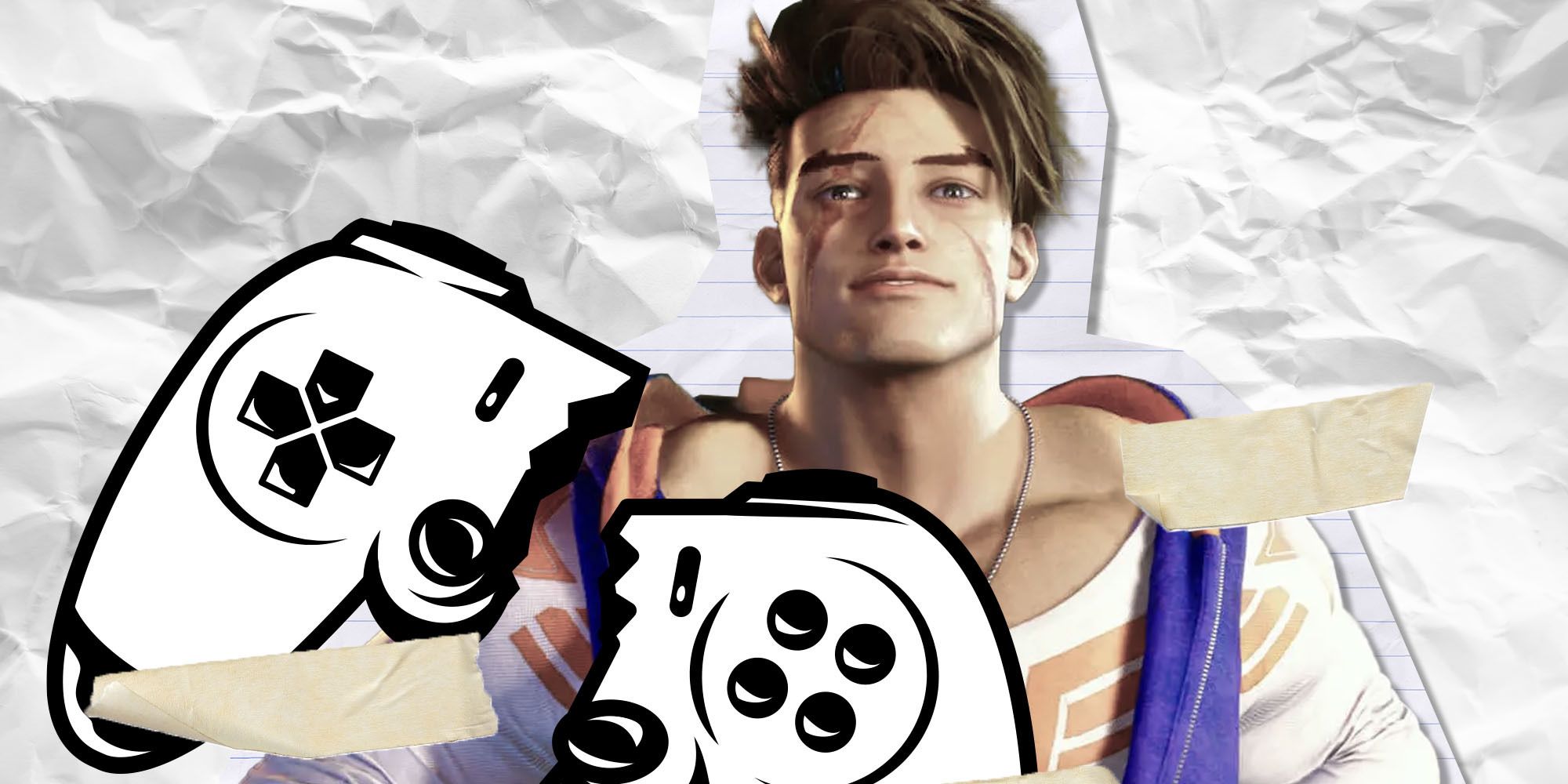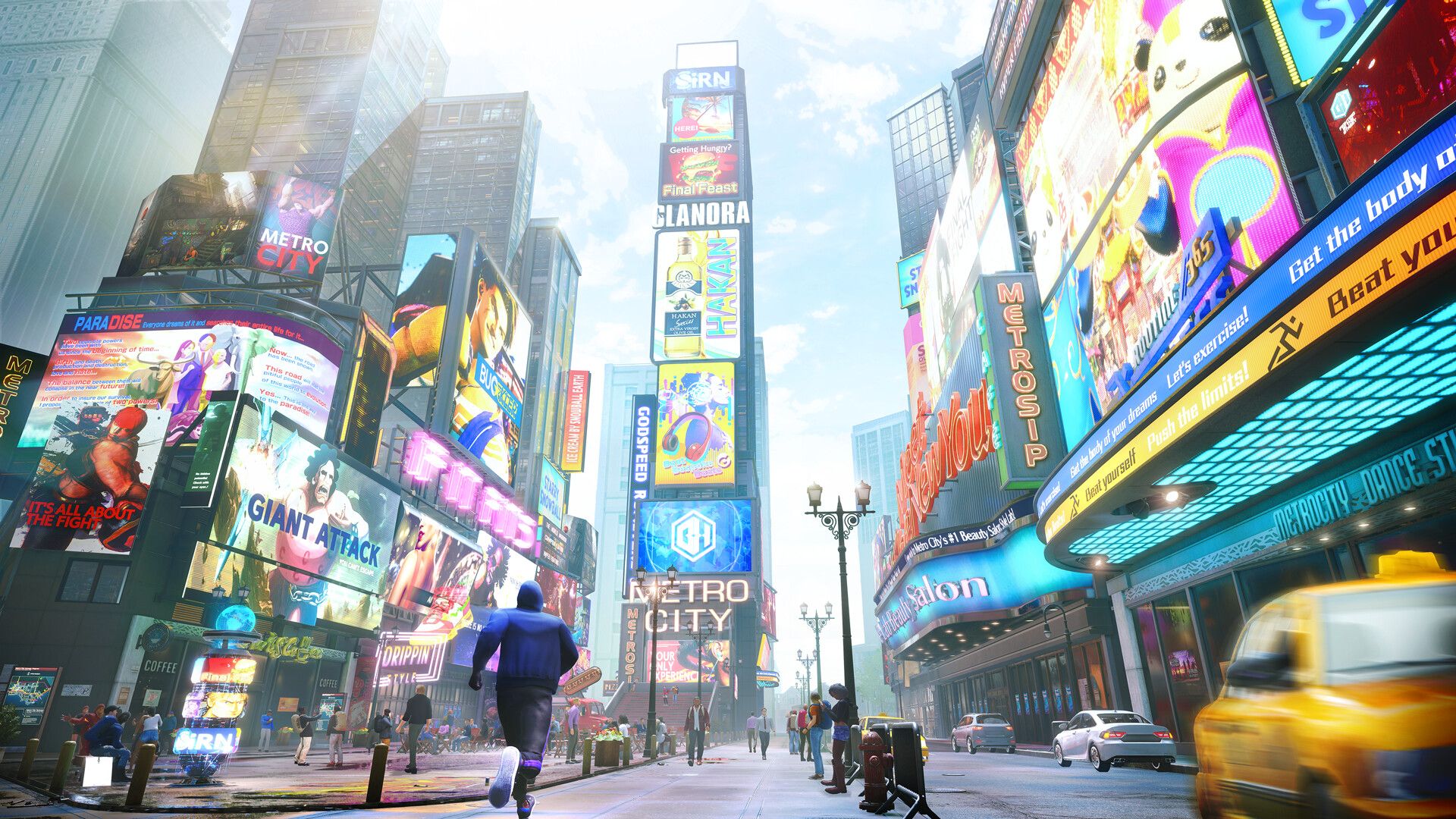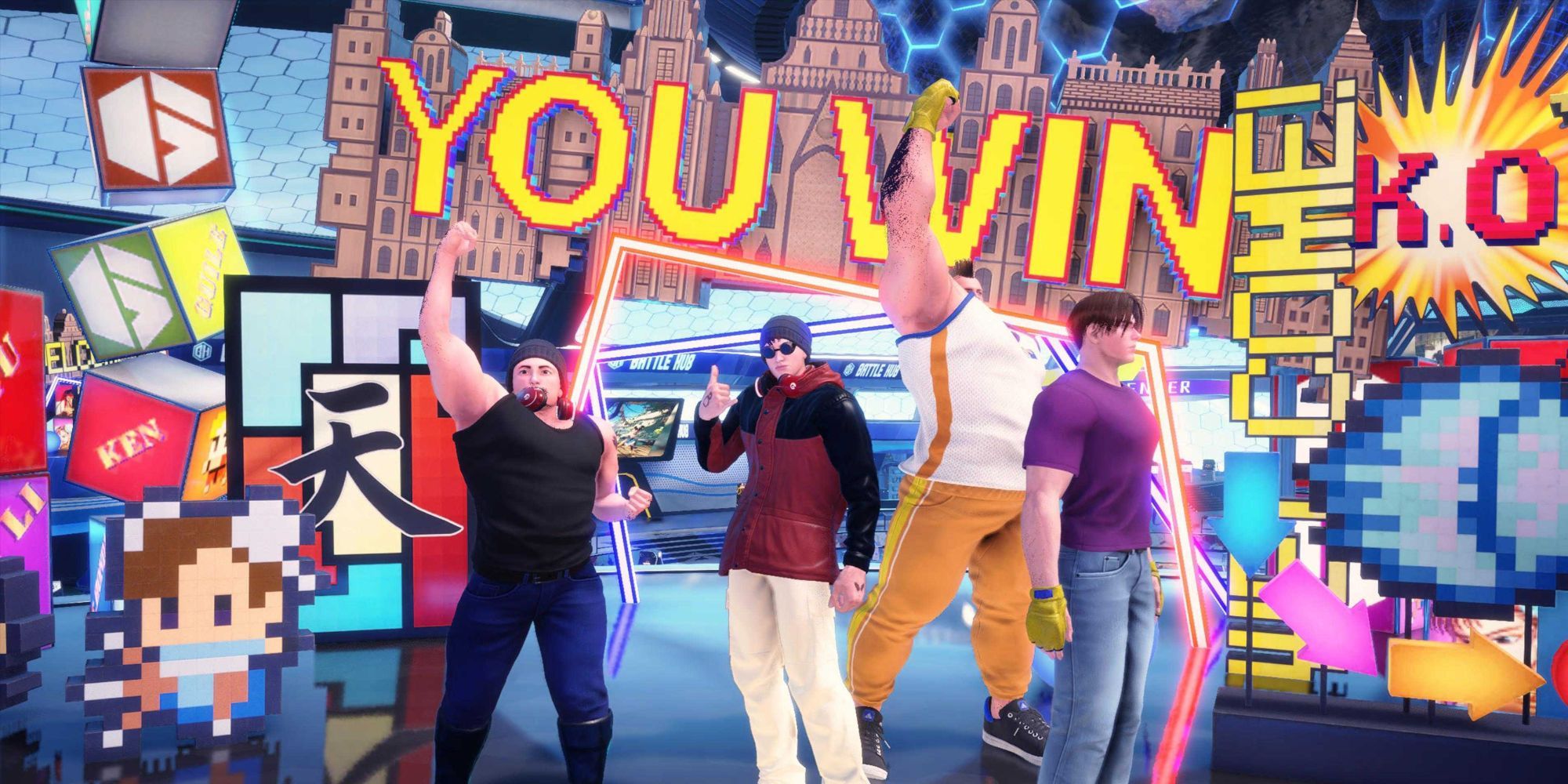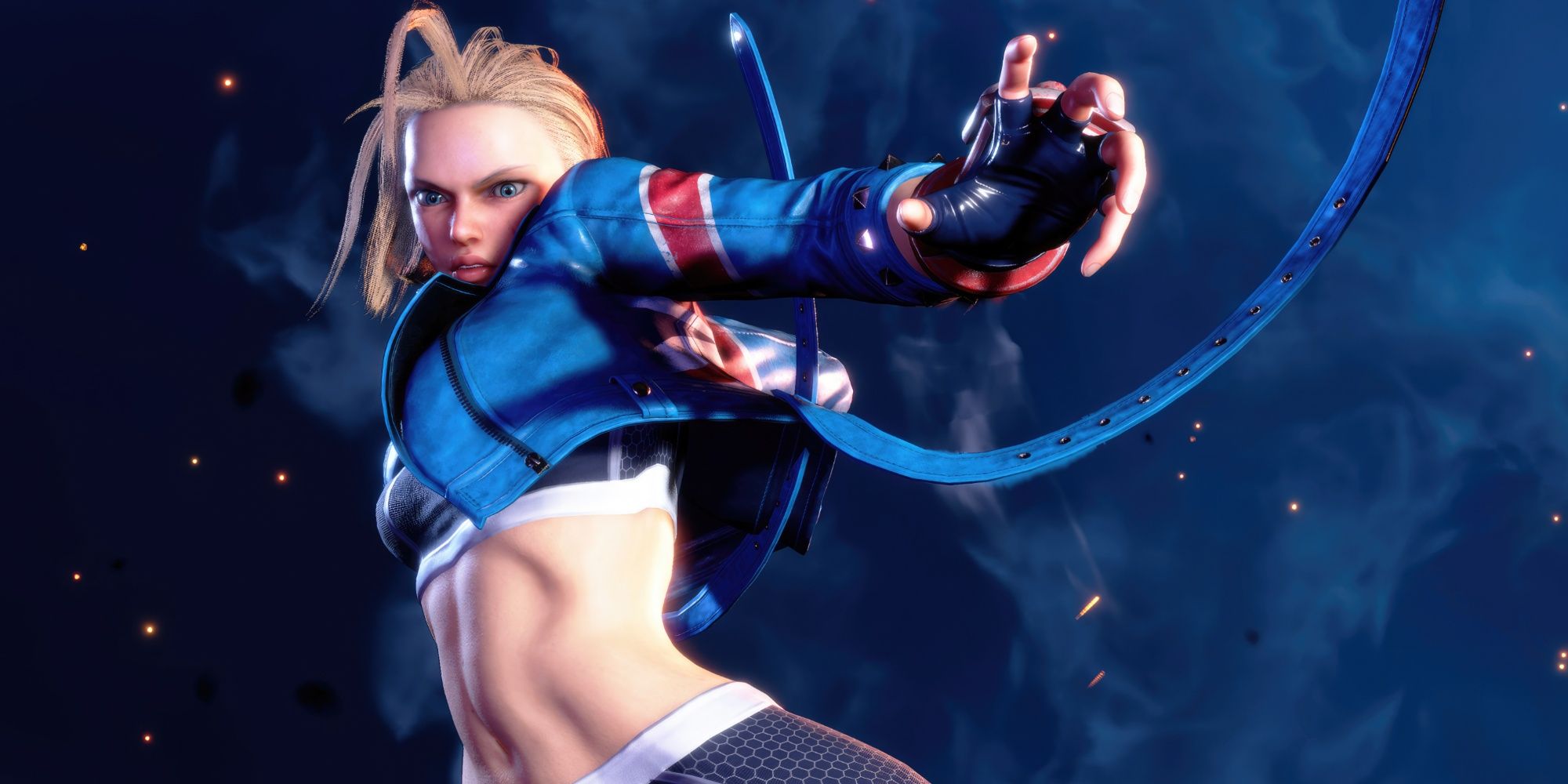Street Fighter 5 was a valuable lesson for Capcom. It was the last game before the publisher entered a period that many consider its renaissance. Resident Evil 7, Monster Hunter World, and Devil May Cry 5 all sold millions and were subject to critical acclaim, reversing the fortunes of a developer who for an entire console generation was falling behind the competition. Slowly but surely, things started to change. Looking back, Street Fighter 5 was an outright failure.
It didn’t sell especially well and launched with awkward monetisation and severely lacked modes and features which, to hardcore and casual fans alike, felt unfinished. Capcom also knew it wasn’t good enough, and spent the next several years both issuing massive updates and charging for additional characters and content. The whole situation was gross, and little effort was made to save face once the damage was done. That’s a crying shame since, right now at least, the game we have is more than serviceable. It’s just a bummer it took so long.
Street Fighter is daunting and, as someone who’s been on the periphery of the space for years, I’ve felt turned away from learning a game that doesn’t care for the experience of fresh-faced amateurs with little interest in mastering characters and combos.
I was in it for the fun, and Street Fighter 6 delivers that in ways I not only find digestible, but which actively encourage me to learn and perhaps fall in love with mechanics that have long eluded me. World Tour is the crux of this approachability, a single player campaign mode which doubles as extensive tutorial and open world homage to the history of Street Fighter and all its associated media. The metropolis is a cute clone of New York City transformed into a modern wonder by Final Fight’s Mike Hagger, but you still struggle to roam the streets without getting into a couple of scraps. This is where our journey begins.
You’re a fighter. A street fighter, if you will. As a fresh recruit in Luke’s MMA academy you’re keen to learn from the best before staking your claim on Metro City. After making your avatar - which can range from frighteningly true to life or downright monstrous - and going through a handful of very basic tutorials, you’re unleashed on the streets to complete a few quests and get a feel for this large, gamey, and rather ridiculous open world. The majority of people in this city can be approached and fought at a moment’s notice. Not for any reason, I think Metro City simply breeds a type of person who understands the importance of beating the shit out of strangers whenever the situation calls for it. This is how you earn experience, make money, and craft your character into one worth caring about. Shops and other stores litter the early game locales of Times Square and Chinatown, and I’ve no doubt things will soon open up into far more diverse locales. I’ve only just scratched the surface of this thing.
Fighting games normally require a fair amount of patience when it comes to tutorials. Trying to learn certain combos and characters often requires a swift memory and enough time to go through a seemingly endless list of commands again and again. Simplified input methods allow new players to pull off epic combos with only a few button presses to make things a bit easier, but this sacrifices depth in favour of spectacle with no replacement. Street Fighter 6 has this too, although it’s quick to encourage that you switch to a traditional setup after the first few tutorials since it brings far more nuance to each encounter. It’s right, and please don’t be afraid to heed this advice, because World Tour accommodates it.
The world is littered with side quests that offer worthwhile rewards while also functioning as extensions of tutorials that teach new moves and techniques bound to fold into existing repertoires. Things like airborne attacks, diverse takedowns, and effective counters are taught through skirmishes that only take a few minutes to clear. You accumulate knowledge without it ever feeling like a chore, made even better through charmingly daft encounters with local gangsters defined by cardboard boxes on their heads or tutelage from local legends happy to pass on their fighting styles. That’s another boon - you’re becoming best friends with the wider cast of characters while also adopting their stances and movesets. You will level up across the campaign while mixing and matching moves that take on the identical inputs to ones you’d find in the characters themselves. This makes hopping over to Arcade Mode or even Online Play after clearing World Tour less daunting and more exciting.
It’ll be hard to imagine modern fighting games without this sort of leniency anymore, doubly so when Street Fighter has always been considered one of the more impenetrable players in the space. Through modern reinvention it seems to have addressed every flaw I can muster in its extensive mixture of worthwhile modes, gorgeous cast of characters, and a recognition of its history without needing to rely on the past for its own relevance. Street Fighter 6 is almost effortless in its forward-thinking nature, and never before have I felt this compelled to learn a genre which otherwise proved so untouchable. I can’t wait to see where it goes from here.




